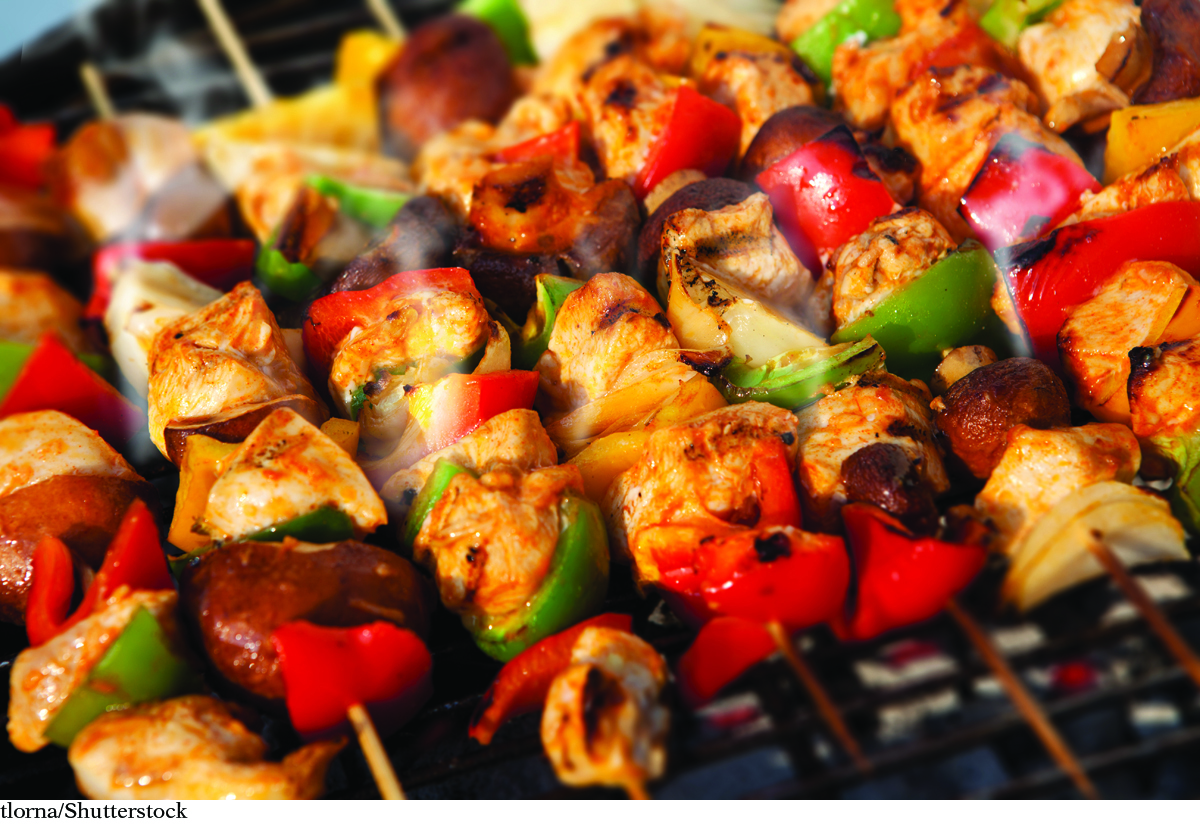Chapter 19 Summary

CHAPTER 19
Measuring Energy
SUMMARY
KEY TERMS
combustion
calorimetry
heat of reaction
heat of combustion
joule
Fire Update
Combustion can be defined as a reaction in which a substance combines with oxygen, releasing energy. The process of combustion is commonly referred to as burning, and the substance that burns is called a fuel. Some fuels are better sources of energy than others. To measure the energy from a fire, or any chemical reaction, you must measure it indirectly by measuring its effect on matter. Energy is usually measured in units of calories or joules.
Calorimetry is the procedure used to measure the transfer of energy. The amount of energy transferred during a chemical reaction is called the heat of reaction, ΔH. The energy released by the combustion of a fuel is called the heat of combustion.
REVIEW EXERCISES
Question 19.1
1. Describe an experimental setup that would help you compare two fuels. What would you measure?
Question 19.2
2. A chemist wants to find out how many Calories are in a bag of peanuts. He sets up a calorimeter and burns a peanut underneath it. This is his data table.

Calculate the amount of energy, in calories, that can be transferred from the combustion of one peanut.
Calculate the amount of calories per gram of peanut.
If a bag of peanuts is 500 g, how many food Calories does it contain?
Question 19.3
3. If iron nails are left outside, they will rust according to the reaction: 4Fe(s) + 3O2(g) → 2Fe2O3(s). Why do you think this reaction does not appear to release light and heat?
Question 19.4
4. Propane, C3H8(g), is used as fuel in small gas stoves and barbecue grills.
Write the balanced equation for the combustion of propane.
The heat of combustion of propane is – 2220 kJ/mol. How many kJ/g would combusting propane release?
According to the table on page 525, is the heat of combustion per gram of propane greater than the heat of combustion per gram of methane? Per mole? Can you explain why?